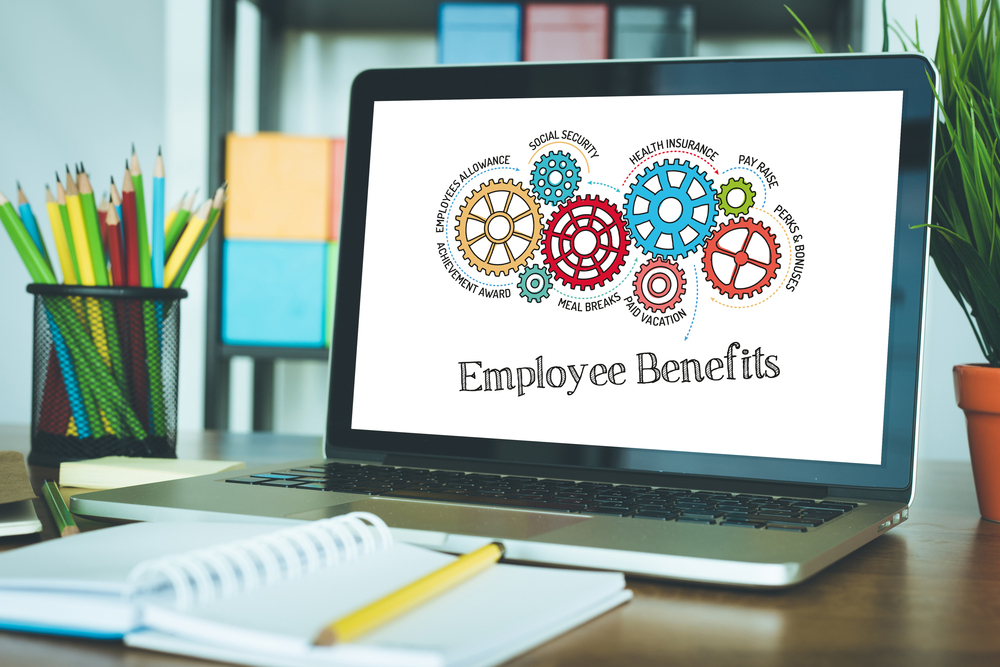When job candidates consider which position is best for them, benefits can be the factor that tips them from one company to another. As an indirect form of compensation, benefits fuel their quality of life. The responsibility of any good company is to provide fair, competitive, and livable benefit options.
Therefore, it’s crucial that companies take into consideration the types of benefits they’re offering their teams and what kinds of benefits employees prioritize. Employers must learn what is important to their employees and make the best decision on a well-mixed balance of benefits for them.
4 Major Types of Benefits
Terms like “insurance” and “retirement” are well known across the workforce. While they might sound dull, these types of benefits are important to most employees and are taken heavily into consideration when weighing job options.
Four benefit types are considered “essential”:
- Medical insurance
- Life insurance
- Retirement plans
- Disability insurance
These crucial benefits are important because they offer employees a sense of security. Healthcare coverage is a concern for many people, so offering affordable, comprehensive healthcare options should be a company’s top priority. Life insurance is also a common benefit package offering, though it tends to allow more flexibility in what employees can choose. While disability insurance is not required by law in most states, short-term/long-term disability offerings show a general concern for employee health and safety should people be unable to work. Retirement benefits are an important consideration from the newest to the most experienced employees and are offered at various levels, most commonly through a 401(k) plan.
Having a comprehensive benefit plan that includes these four major benefit types goes a long way toward creating trust and general kinship between employees and their companies.
The List Continues to Grow
While medical, life, retirement, and disability continue to be the pillars of benefits, the list of added benefits continues to grow. Companies looking to gain a competitive edge have begun to incorporate “culture” benefits into the traditional mix. Benefits related to financial security, fitness, and education are not quite mainstream but have the potential to become commonplace in workplaces everywhere.
Considered crucial by every generation, financial security benefits are a great way for HR professionals to support their teams. Pension plans, commissions, bonuses, and added insurance deals are becoming more mainstream and are an important category to keep an eye on for companies looking to create financial security for their employees.
So, too, are health and wellness efforts, such as gym memberships and access to therapists and mental health professionals. By investing in their employees’ mental and physical wellness, companies will see benefits in overall employee happiness and improved well-being. This long-term investment in employee health not only pays off in added productivity and company satisfaction but also shows team members the company is prioritizing their health outside the office.
Today’s candidates have come to expect benefits at work—benefits for mental well-being, financial security, and overall health. As more employees seek opportunities that fit their lifestyle, companies are going to have to get smart about the mix of benefits they’re willing to offer.
Building out an attractive and effective benefits package has the potential to attract and retain the best candidates for the job—a prospect that should appeal to any HR professional.
Andrea Meyer is the Director of Benefit Services at WorkSmart Systems. She joined WorkSmart Systems in 2001 and has played a key role in the development of all services related to the WorkSmart employee benefit plan. She is a graduate of St. Joseph’s College and is a Senior Professional in Human Resources (SPHR), as well as a Certified Benefit Professional (CBP).

